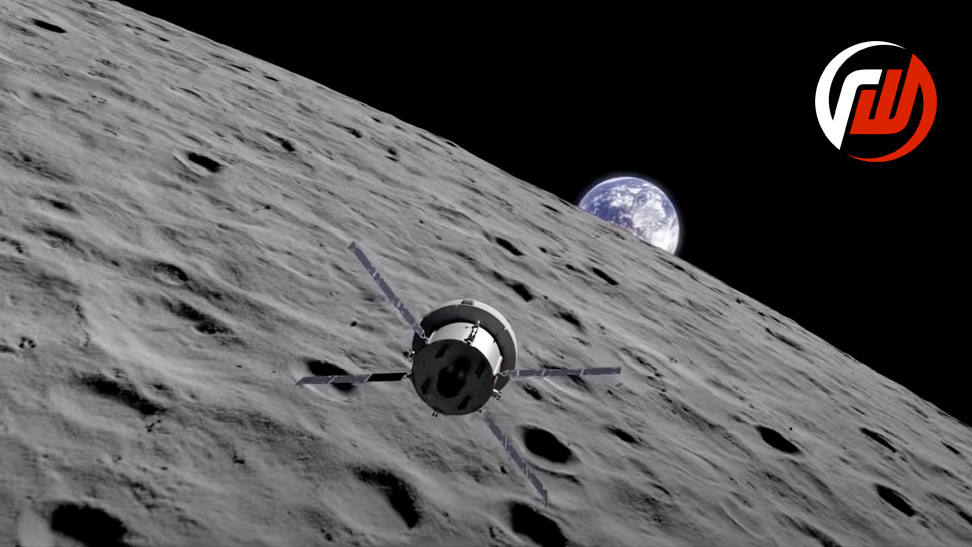

The Build Above tagline captures the essence of the Redwire Space brand—to build the future in space. The tagline is a clarion call for the Redwire Space team to push boundaries of what’s possible in order to develop technologies capable of enabling humanity to live and explore further in space.
INTEGRITY
We stand for honesty in all we do, and we are committed to an uncompromising adherence to strong moral and ethical principles and values.
INNOVATION
Our culture is built on delivering innovative solutions while continuously iterating and improving.
IMPACT
We want to make an impact on both the industry we work in and the communities we live in.
INCLUSION
We believe that space is a team sport. Individuals from all backgrounds and skillsets are needed to make Redwire Space successful.
EXCELLENCE
We commit to excellence in all that we do, from day-to-day projects to developing groundbreaking technology, we are committed to being the best we can be at all times.
The Redwire logo is a graphic mark that consists of the Redwire symbol together with the Redwire logotype. The logo image is not to be copied for use through digital, print, or other materials without written permission from Redwire.
Redwire Red
PMS 185 C
C7 M100 Y100 K1
R220 G0 B0
HEX #DC0000
PMS Black 6 C
C75 M68 Y67 K90
R0 G0 B0
HEX #000000
White
PMS Opaque White
C0 M0 Y0 K0
R255 G255 B255
HEX #FFFFFF
Headline
Subheading
Roboto Medium (500)
Paragraph and body text.
Roboto Regular (400)
Subscribe to our newsletter and keep pace with one of the most innovative and fastest growing space companies on and off Earth.
Contact Redwire today and discover how we can help make your mission a success.
Redwire continues to lead the way in pioneering innovative in-space manufacturing and servicing technologies that deliver incomparable benefits and cost savings across a wide range of applications.
Contact Redwire today and discover how we can help make your mission a success.
Redwire continues to lead the way in pioneering innovative in-space manufacturing and servicing technologies that deliver incomparable benefits and cost savings across a wide range of applications.